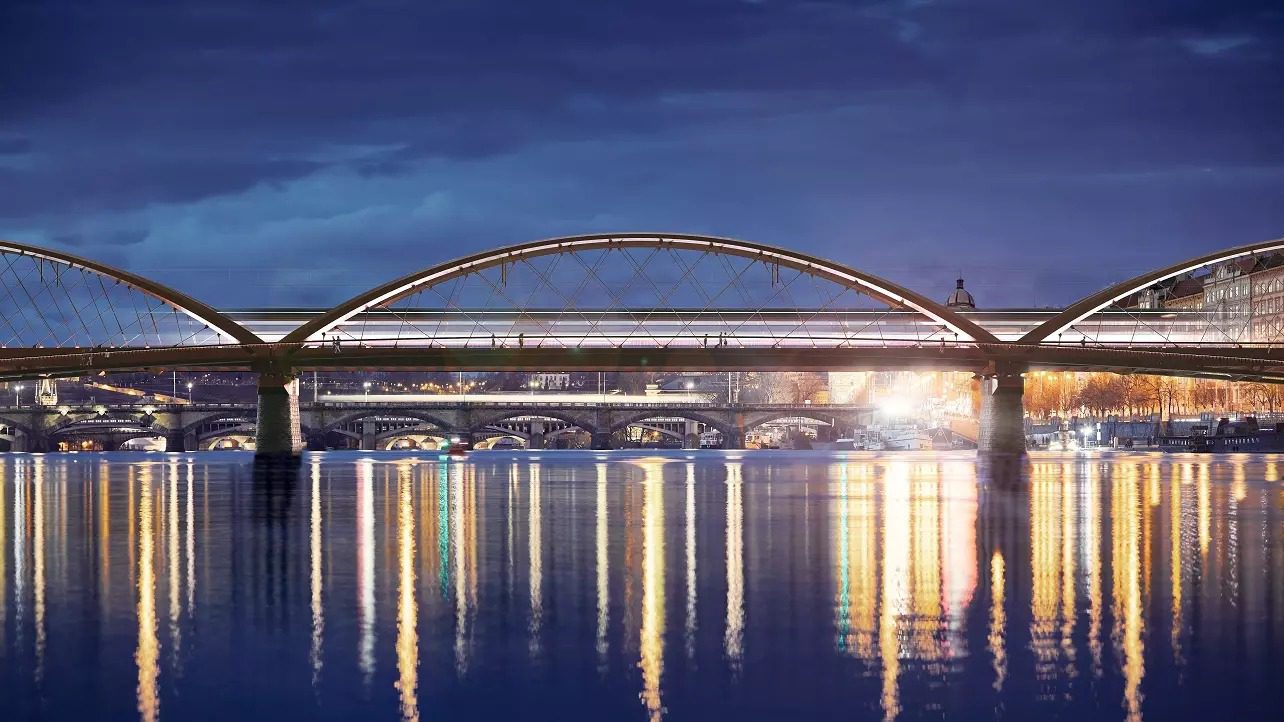Due to poor conditions, Prague’s historic Výton bridge will significantly reduce train services starting from December 10. The changes coincide with the new timetable and will affect thousands of commuters. Some trains from Beroun will no longer travel to the central station. Instead, they will end at Smíchov. The bridge, constructed in 1900-1901, is a cultural monument of great value.
The Railway Administration (SŽ) is interested in constructing a new bridge. However, several heritage conservationists and civic associations advocate preserving the current bridge structure.
The new regime will notably affect the trains of line S7 on the Prague, central station – Prague, Radotín – Řevnice route, which will now terminate at Smíchov. This includes about 59 connections per day. Essential S7 trains on the Prague-Beroun route will continue to operate over the Výton bridge.
From December 10, trains will not be allowed to pass each other on the bridge, which can now only bear one train at a time. Their speed will be reduced by half, from 40 km/h to 20 km/h, and the intensity of railway traffic will decrease by about two-thirds. This means significantly fewer trains and virtually no freight trains can use the Výton Bridge.
The debate over replacing or renovating the deteriorating bridge has been ongoing for many years. Experts in the field of bridge engineering who have evaluated the options in the past have concluded that it is best to build a new three-track bridge. This perspective is based on a proposal from an international architectural competition. It meets contemporary requirements for safety and traffic capacity, addresses public transport continuity, offers comfort for pedestrians and cyclists, and fits into the panorama with its appearance.
The construction of a new bridge would be 40% cheaper and faster by 1.5 years than renovating the old one, according to a study by the international expert organization Jaspers. Furthermore, the new bridge would have a lifespan of at least 100 years compared to 30 years in the case of a renovated bridge.





